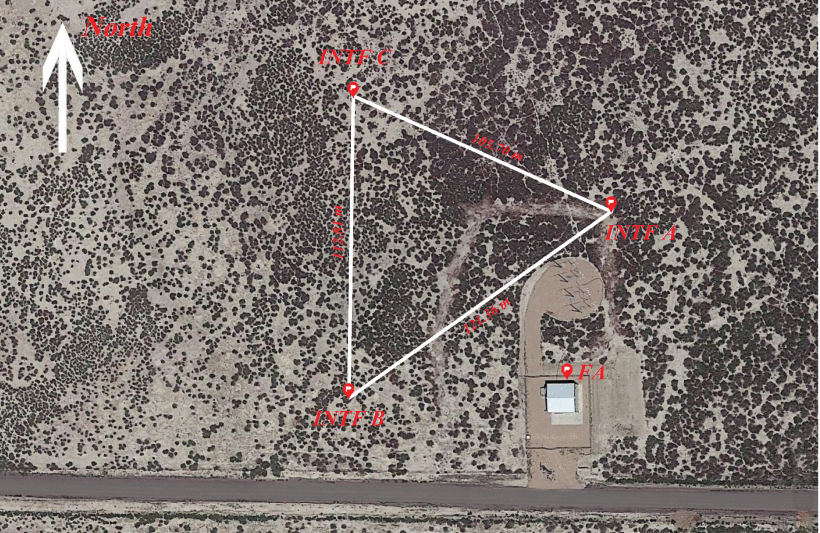Phys.org September 12, 2023
Despite some advances in existing observational techniques, scientists have continued to strive for higher accuracy in analyzing the complex phenomenon of lightning. To improve the accuracy and resolution of lightning observations researchers at the New Mexico Institute of Mining and Technology optimized the very-high-frequency signal from the interferometer using the double-sided mirror and ensemble empirical mode decomposition method to perform quality control and band-pass truncation on the raw signal. By combining the main window with the auxiliary window, they achieved waveform matching of signals from different antennas based on the generalized cross-correlation method. They obtained the two-dimensional spatial coordinates of the matched pulse radiation source using nonlinear least squares. The method can increase the number of located radiation sources by 10–20 times, and for specific short-duration and rapidly changing discharge processes, it could even increase nearly 100 times. According to the researchers their method allows for the depiction of lightning discharge channels and the analysis of lightning microphysical processes with nanosecond-level time resolution… read more. Open Access TECHNICAL ARTICLE

Site layout of the INTF antennas and the FA that were installed near TASD… in Western Utah in 2018. Credit: IEEE Transactions on Geoscience and Remote Sensing, vol. 61, pp. 1-18, 2023, Art no. 2003218